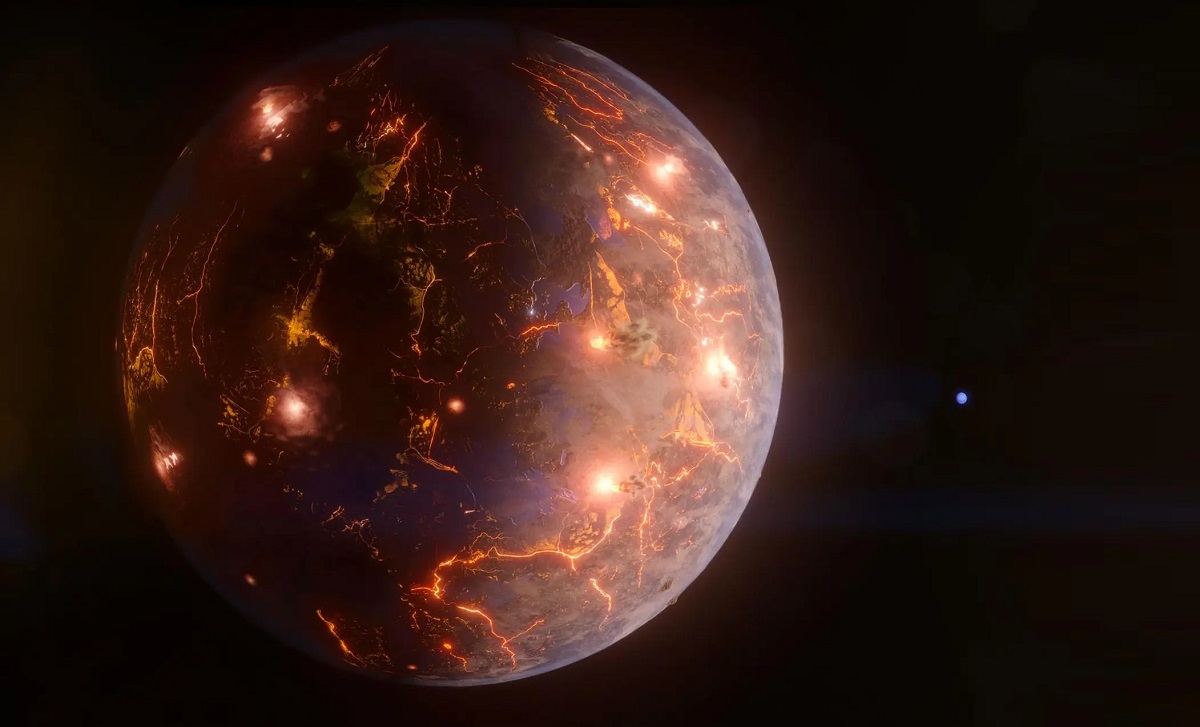TESS and Spitzer telescopes discover deforming volcanic super-Earth planet where life could exist

The Transiting Exoplanet Survey Satellite (TESS) and Spitzer space telescopes have helped scientists discover a planet on which life might exist. Its name is LP 791-18d.
Here's What We Know
The planet resembles Earth and is 90 light years away. It orbits a red dwarf in the constellation Crater, is constantly warping and has a lot of volcanic activity.
The deformation and volcanic activity is due to the fact that the more massive planet LP 791-18c is nearby. The same story is happening with Io, one of Jupiter's moons. We have a separate story about that.
LP 791-18d is permanently turned one side towards its star. Because of this, it's very hot on the sunny side of the planet. However, scientists believe that more volcanic activity could provoke the formation of an atmosphere and the existence of water on the dark side.
The planet we're studying is on the inner edge of the habitable zone. Temperatures in this region allow water to exist in a liquid state on the surface. Scientists hope to learn more about LP 791-18d from the James Webb Space Telescope. Permission to use the observatory to study the planet has already been granted.
Source: New Atlas